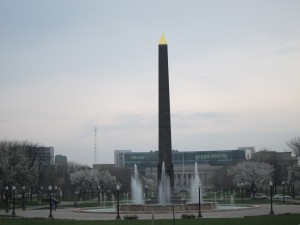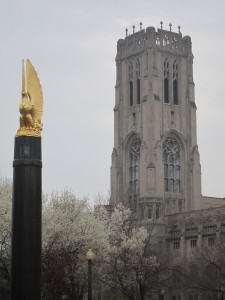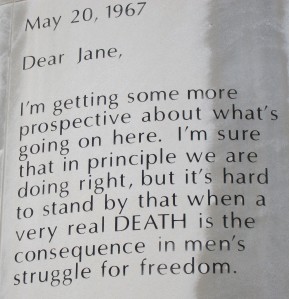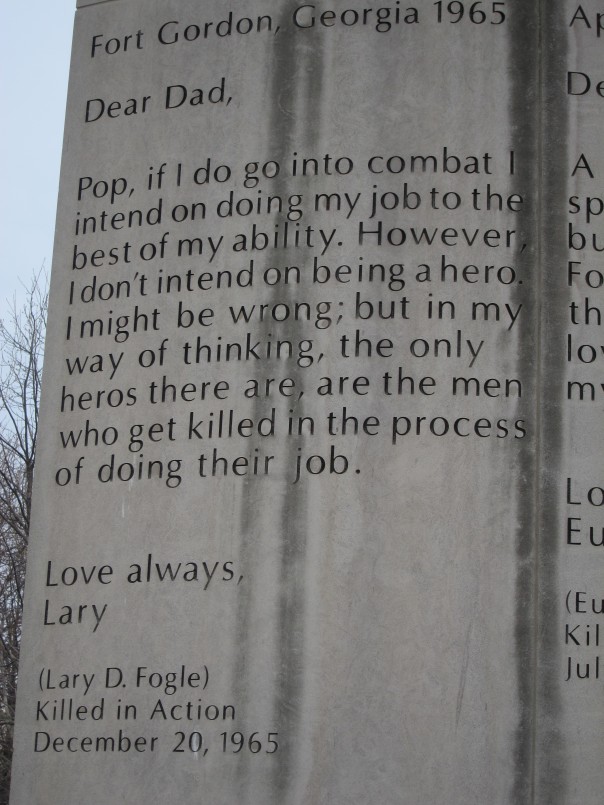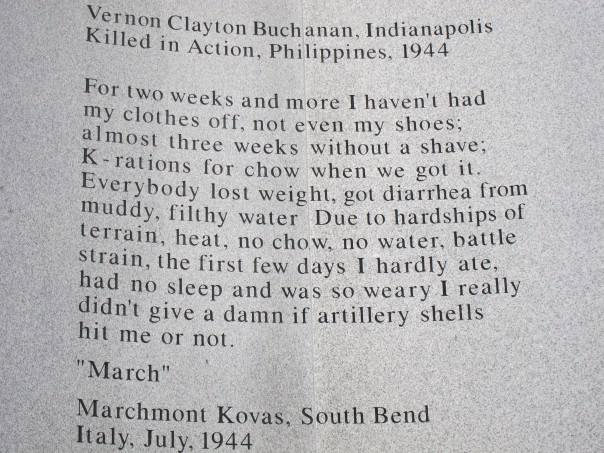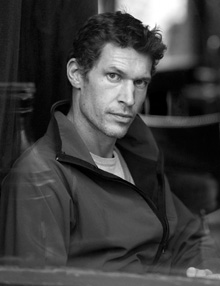
Tim Hetherington. Photo by Matt Stuart, Vanity Fair
Photojournalist Tim Hetherington was killed today in Libya, where he was covering the conflict from the rebel front lines of the besieged city of Misurata. He and three other photojournalists, Chris Hondros, Guy Martin and Michael Christopher Brown, were hit by a rocket-propelled grenade. It is not clear at the time of this writing whether Hondros or Martin will survive their wounds.
Hetherington’s powerful images exposed the terrible consequences of conflicts in Afghanistan, Libya, Darfur and Liberia. among other places. Hetherington also worked with author Sebastian Junger to film, direct and produce Restrepo, an extraordinary Oscar-nominated documentary film about a platoon of U.S. soldiers in eastern Afghanistan’s Korengal Valley, an area that was considered among the most dangerous places on earth.
Hetherington and Junger lived alongside the soldiers in a remote combat outpost for about ten months in total. Before going to Afghanistan, Hetherington had spent a great deal of time covering conflicts. But most journalists who are embedded with troops stay for a period of days or weeks. Sharing the difficult day-to-day life of the platoon over a period of months allowed Hetherington and Junger to develop a deep understanding of individual soldiers and their experiences of war and loss. In an interview with Lauren Wissot of The Filmmaker Magazine Blog, Hetherington speaks of the choice to focus their exploration not on politics but on “the experience of the people who are fighting the war.”
Hetherington was also struck by the “interpersonal relationships between soldiers. Take a small group of soldiers, platoon size, train them together, put them together in extreme circumstances and they will kill and be killed for each other. That is the heart of the war machine. And that’s really what our film became about.”
Hetherington’s death, like most combat deaths, was essentially random. Had he been a few feet in one direction or another, he might have survived Wednesday’s attack, as he had survived others. But while Hetherington’s death is a terrible, meaningless waste, his life’s work was brave, important, and full of meaning – and that work required that he put himself in harm’s way.
According to the New York Times, Kenneth Roth, the executive director of Human Rights Watch, called Hetherington’s death “a devastating blow to the human rights community. His work has raised the visibility of many of the world’s forgotten conflicts. May the legacy of his exceptional photographs serve to inspire future generations.”
So watch Restrepo. Visit Hetherington’s website. Take a look at Infidel, his 2010 book of portraits and interviews of American soldiers. And try to think in new ways about war, and the suffering it causes. I don’t know what it means to “think in new ways about war.” I only know the old ways fail us over and over again, while the death tolls continue to rise – in Afghanistan, Libya and around the world …
